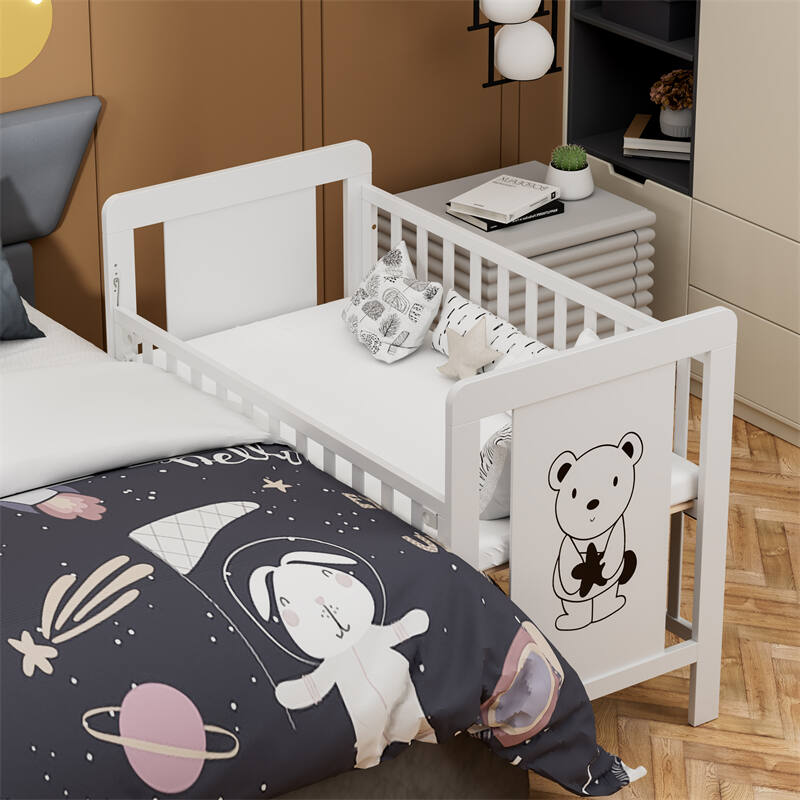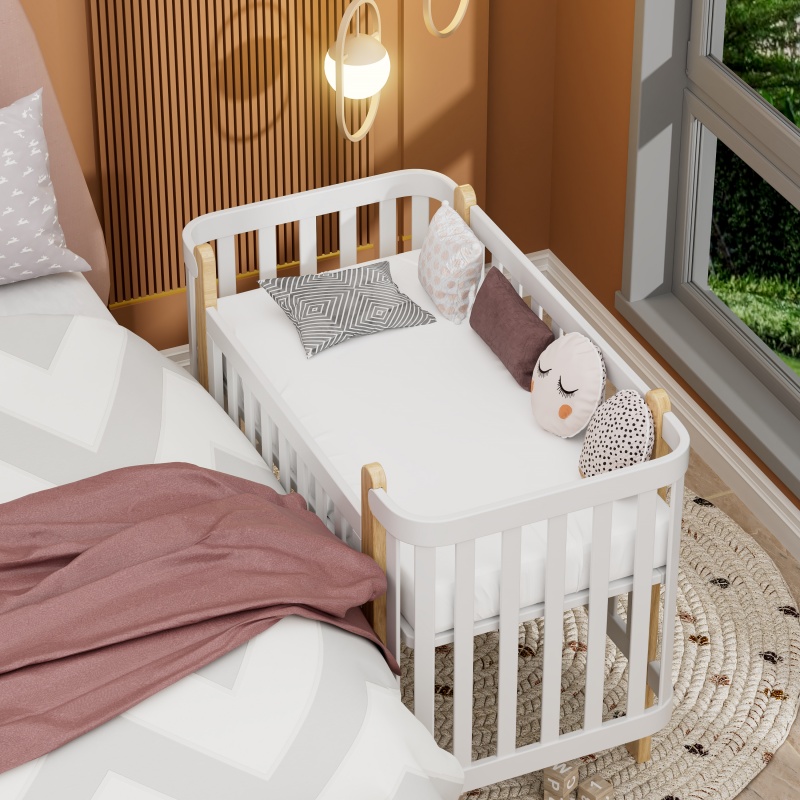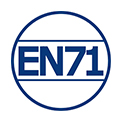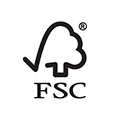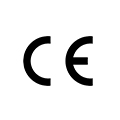Entering parenthood is a wonderful journey, but the list of necessary baby gear can feel overwhelming. Even seemingly insignificant baby sheets can cause parents distress. How many should I actually buy? The question isn’t about budgeting—it’s about avoiding that panic moment at 3 AM when a diaper leaks and every single spare sheet is dirty.
By the end, you will have a straightforward answer to the age-old question, allowing you to focus on what truly matters: preparing for your baby’s safe and cozy sleep.
How Many Crib Sheets Do You Really Need?
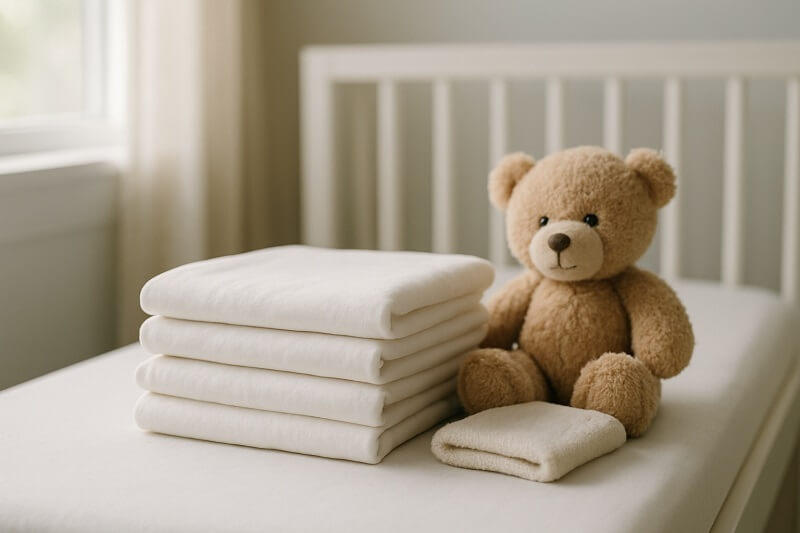
One of the most common questions on any registry checklist is simple: how many crib sheets do I actually need? The answer isn’t a single number, but a simple calculation based on life’s little messes and your laundry routine.
You will want enough sheets to cover the bed, have a backup ready in the linen closet, and a couple more cycling through the wash. We can break this down into three simple tiers, helping you find the perfect balance between preparation and clutter.
The Core Formula: Learning from Accidents
Newborns are messy. They are prone to “blowouts” (unexpected diaper leaks), spit-ups, and drooling, especially in the first few months. A middle-of-the-night crib change is inevitable, and having a freshly washed, dry sheet ready to go is a necessity, not a luxury.
Most experienced parents agree that two sheets are the absolute minimum to start with. However, you will find that a set of four to six offers a comfortable safety margin, particularly if you don’t do laundry daily.
| Tier | Quantity | Rationale |
| Essential | 2–3 Fitted Sheets | One on the crib, one in the wash, and a quick spare in case of back-to-back accidents. This tier requires frequent laundry cycles. |
| Practical Comfort | 4–6 Fitted Sheets | The recommended sweet spot. This allows you to have one on the bed, one in the wash, and two to four sheets clean and ready in the closet. Ideal for weekly laundry schedules. |
| Luxury Setup | 7+ Fitted Sheets | Best for those who dislike doing laundry more than once every two weeks or who have multiple cribs/bassinets. It ensures you are prepared for several consecutive messy nights. |
Key Factors That Adjust Your Total Count
While the table above offers a great starting point, the ideal number for your family will depend on three major factors:
1. Your Laundry Frequency: If you run a clothes washer and dryer every day, a minimalist set of three sheets may be enough. If, like many families, you only do laundry once or twice a week, you risk running out mid-week after a couple of unexpected spit-ups or diaper leaks. A higher number (four to six) provides a crucial buffer.
2. Baby’s Age and Sleep Habits:
Newborn Phase (0-3 Months): This is the high-risk zone for messes. Due to their liquid diet, babies this young are prone to frequent spit-up and unpredictable accidents. You should budget for daily changes during this phase, making the Practical Comfort tier (4-6 sheets) highly advisable.
Older Infants (4+ Months): As babies grow, their digestive systems mature, and solid foods are introduced, which generally reduces the number of major crib accidents. You may find your need for quick spares decreases, though illness (like a fever or stomach bug) will always necessitate immediate changes.
3. Season and Climate: Your environment affects which types of sheets you need, but it can also influence how many. In hot summer climates, babies may sweat more, requiring slightly more frequent changes to ensure they are sleeping on a clean, dry surface, which helps prevent heat rash. Conversely, in winter, you might rely on flannel or warmer sheets, and you’ll want enough of those specific materials to keep the rotation smooth.
How Often Should You Change Crib Sheets?
Since your little one spends so much time in their crib, the sheet acts as a magnet for dust mites, skin flakes, and, of course, the occasional mess. Establishing a regular cleaning routine can significantly cut down on the risk of skin irritations and exposure to common allergens.
Standard Changing Frequency and Authority
The general consensus among pediatric experts and child safety organizations is that crib sheets should be changed at least once per week. This frequency is based on the reality that even a dry, seemingly clean sheet collects dust, dander, and oil from the baby’s skin and hair. Regular washing also helps to kill any lingering bacteria that may have accumulated over the week.
Handling Accidents Immediately
Babies are masters of creating unexpected messes, whether it’s a middle-of-the-night spit-up, a diaper leak, or vomit from an illness. A damp or soiled sheet is a breeding ground for bacteria and can quickly lead to odor, mildew, or a rash on your baby’s sensitive skin.
If an accident occurs, here is a quick guide to managing it efficiently:
- Remove the Baby: Carefully lift your baby and take them to a safe spot, such as the changing table.
- Strip the Bed: Immediately remove the soiled crib sheet and the mattress protector beneath it (if you use one).
- Treat and Wash: Do not let the sheet sit. Pretreat any stains with a gentle stain remover and place it directly into the wash. Delaying treatment can cause stains and allow bacteria to multiply.
- Replace: Wipe down the mattress, put a clean waterproof protector back on, and lay a fresh, dry sheet down. This swift action ensures your baby is back in a clean, comfortable bed with minimal disruption.
What Types of Crib Sheets Should You Have?

Choosing the right crib sheet goes far beyond just selecting a cute color or pattern. The material used for the sheet directly affects your baby’s comfort, temperature regulation, and, most importantly, safety. Since your crib sheets will be washed more frequently than almost any other item in your household, durability and quality are non-negotiable features. A cheap, thin sheet that wears out after ten washes is a poor investment. Therefore, focus your selection on natural, breathable, and resilient fibers.
Material Choices: Comfort, Breathability, and Durability
The current market offers a wide variety of crib sheet materials. When evaluating them, always prioritize breathability—the material’s ability to let air pass through—as this is a critical factor in preventing overheating, which is linked to Sudden Infant Death Syndrome (SIDS).
Here are some of the most popular choices:
- Organic Cotton: Often considered the gold standard. It is soft, naturally durable, and manufactured without harsh chemicals or dyes. Organic cotton is highly breathable, making it a safe choice year-round, and it can withstand hundreds of washes without losing its integrity or becoming rough.
- Flannel: This material is famous for its softness and is excellent for winter or cooler climates. Flannel provides superior insulation, offering warmth and a cozy feel.
- Knit Cotton (Jersey): This material feels similar to a favorite, worn-in T-shirt. It is soft and stretchy, making it easy to put on the mattress. However, knit sheets may sometimes pill faster than woven sheets and tend to stretch out more over time, potentially leading to a looser, less safe fit.
- Bamboo/Rayon: Bamboo fabric is known to be naturally hypoallergenic and is excellent at wicking away moisture, making it a great option for babies who tend to sleep hot or in warmer seasons.
Seasonal Crib Sheet Selection
The ideal crib sheet material can change with the seasons to best regulate your baby’s temperature.
For summer and warm climates, prioritize lightweight and single-layer materials. Organic cotton and bamboo are excellent choices here because they maximize airflow and help dissipate heat, ensuring your baby remains cool and comfortable without sweating excessively.
For winter and cool climates, this is where flannel or heavier knit cotton sheets come in handy. They provide an essential layer of warmth against the cold. The key safety consideration remains paramount: even with warmer sheets, never use loose blankets inside the crib. Instead, dress your baby in a safe sleep sack appropriate for the room temperature.
Crib Sheet Sizes and Fit Guide
The crib sheet must be specifically designed as a “fitted sheet”, meaning it has elastic edges that tightly hug the mattress corners and sides. This snug fit is a crucial element of creating a safe sleep environment.
For infants, a loose crib sheet can gather and create pockets or folds of fabric. If a baby rolls or shifts their position, these loose areas can pose a risk of suffocation or rebreathing of expelled air.
This is why major health organizations worldwide emphasize that safe sleep involves keeping the crib environment as firm, flat, and tight as possible. A perfectly fitting crib sheet ensures that the fabric remains taut against the mattress surface, eliminating any loose material that could obstruct a baby’s breathing.
Standard vs. Mini Size Differences and Measurement
Before you buy, you must know your mattress size. Not all cribs are the same, and neither are all crib sheets. There are two primary dimensions you will encounter:
Standard Full-Sized Crib Mattress: The regulation size is typically 52 inches long by 28 inches wide (approximately 132 cm x 71 cm). Most fitted sheets you see on the market are designed for this dimension.
Mini Crib Mattress: These mattresses are smaller, commonly measuring around 38 inches long by 24 inches wide (approximately 97 cm x 61 cm). You must buy sheets specifically labeled for mini cribs.
The key is to measure your mattress precisely and match the sheet’s listed size exactly. A 52 x 28 sheet will not fit a mini crib safely, and a mini crib sheet will not stretch enough for a standard crib mattress. When you purchase high-quality, Solid, Safe Cornerstones of Growth products for your nursery, verifying the precise measurements is the first step to ensuring a safe setup.
Should I Wash Crib Sheets in Baby Detergent?
The marketing around laundry products often suggests that you need a specific “baby” detergent, but this isn’t always true. The key is not the brand name; it is the formula of the detergent. The goal is to remove messes and germs while avoiding harsh chemicals or strong perfumes that could cause allergic reactions or skin rashes.
Many pediatricians recommend using a detergent that is labeled free of dyes and perfumes (fragrance-free). For most babies, this type of gentle, hypoallergenic formula—even if it’s a standard laundry brand—is perfectly acceptable.
If your baby has particularly sensitive skin or a diagnosed condition like eczema, you may want to opt for a detergent specifically formulated to be gentle on infant skin.
However, if your baby shows no signs of irritation when their clothes are washed with your family’s regular free-and-clear detergent, there is usually no need to purchase a separate, more expensive “baby” product.
Correct Washing Steps and Taboos
To maintain the safety and longevity of your crib sheets, follow these washing tips:
Temperature: Use the warmest water setting recommended on the sheet’s label to effectively sanitize the fabric, especially after accidents.
Avoid Fabric Softeners: You should never use fabric softeners or dryer sheets when washing crib sheets. Softeners can leave behind a coating that can compromise the fabric’s natural flame resistance or reduce its breathability.
Rinse Twice: If your washer has a setting for an extra rinse cycle, use it. This helps to make sure all detergent residue is completely washed out of the fabric, which is the most common cause of skin irritation.
What Other Baby Supplies Are Needed for a Crib?
A crib is the centerpiece of your baby’s nursery, but the most crucial items are often what you do not put inside it. When preparing a safe sleep space, the mantra must be “Bare is Best.”
The “No-Go Zones” Inside the Crib
Any item that could potentially cover your baby’s face or restrict their movement should be strictly excluded from the crib. Health organizations emphasize that for safe sleep, the crib should be completely empty except for the infant and a tightly fitted sheet, as soft objects increase the risk of suffocation and SIDS.
Here are the items that must be kept out of the crib:
- Pillows: Adult pillows, even small baby-sized pillows, are dangerous.
- Crib Bumpers: These soft pads, designed to protect babies from hitting the rails, have been strongly linked to suffocation risk and should never be used.
- Loose Blankets or Quilts: Only use securely fitted sheets and ensure no loose cloth is covering the baby.
- Stuffed Animals and Toys: Keep all plush items outside the sleeping area, as they can be pulled over the face.
| Must-Haves | Never Use |
| Tightly Fitted Crib Sheet | Pillows |
| Waterproof Mattress Protector | Crib Bumpers |
| Safe Sleep Sack | Loose Blankets/Quilts |
| A Firm Crib Mattress | Stuffed Toys/Plush Animals |
The Importance of Mattress Protectors and Sleep Sacks
Accidents happen, and a protector creates an impermeable barrier between the mess and the expensive mattress, making cleanup simple and protecting your investment. You should have at least two protectors to rotate.
Instead of loose blankets, which are banned for safety reasons, a sleep sack is the safest way to keep your baby warm. A sleep sack is a wearable blanket that zips up around your baby’s body, ensuring they stay warm without any loose fabric that could pose a hazard.
Conclusion
Navigating the world of baby gear can feel like a complex puzzle, but the crib sheet question has a clear, practical answer. The ideal crib sheet quantity for most families is between four and six—this gives you the peace of mind to handle two or three accidents between washes.
Remember, the number is less important than the perfect fit and the principle of “Bare is Best.” Always choose breathable fabrics, and verify that the sheet is tight and taut against the mattress for ultimate safety. With a tight sheet, a firm mattress, and a couple of spares, you’ve mastered the safe sleep sanctuary.
Recommended Related Articles:
- How to Convert a Crib to a Toddler Bed?
- What to Do if a Toddler Climbs Out of the Crib?
- Crib Safety Checklist: A Guide for New Parents
- The B2B Guide to Sourcing Baby Cribs from China
- Crib Bedding Guide: What to Buy for Your Baby?
- Are Drop-Side Cribs Safe? What Parents Need to Know
- Are Crib Bumpers Safe? Latest Pediatric Guidelines
- Crib Alternatives: What Can a Baby Sleep in Besides a Crib?



